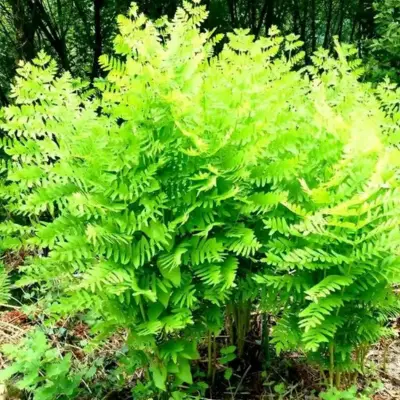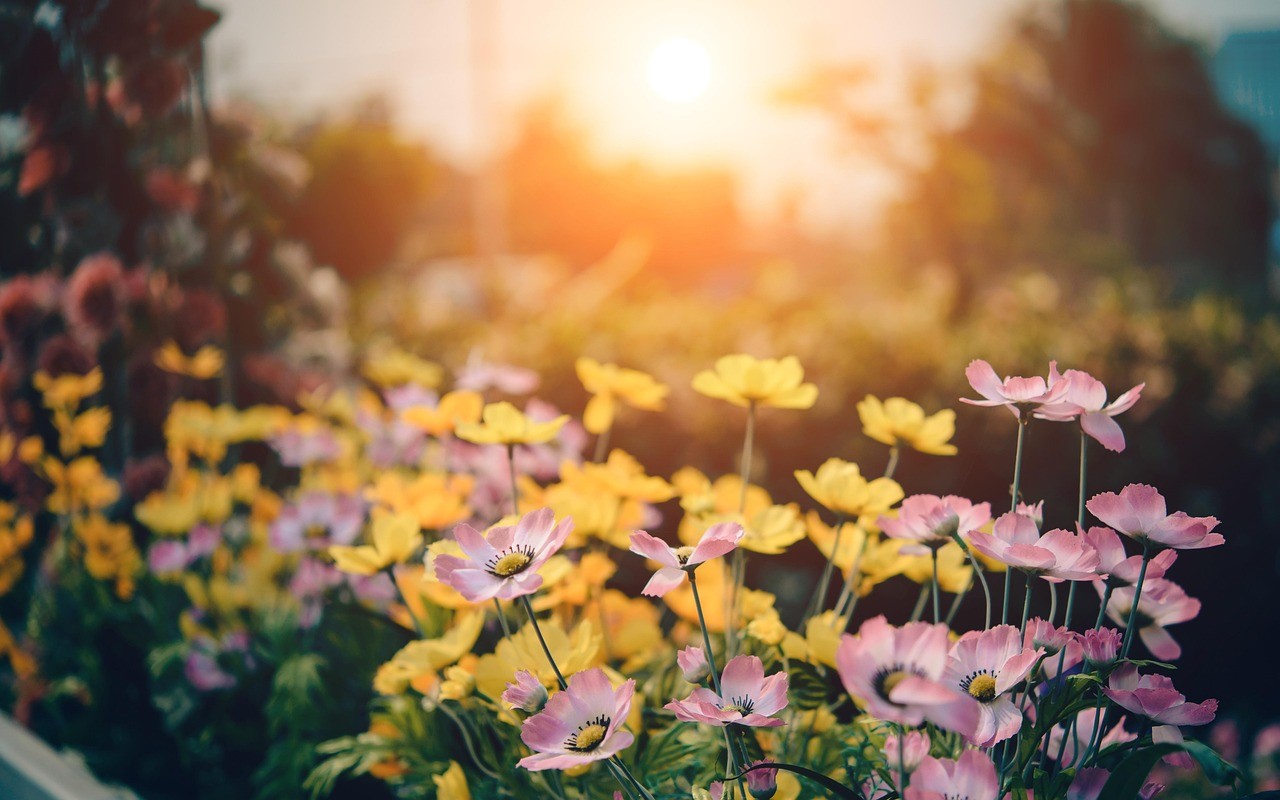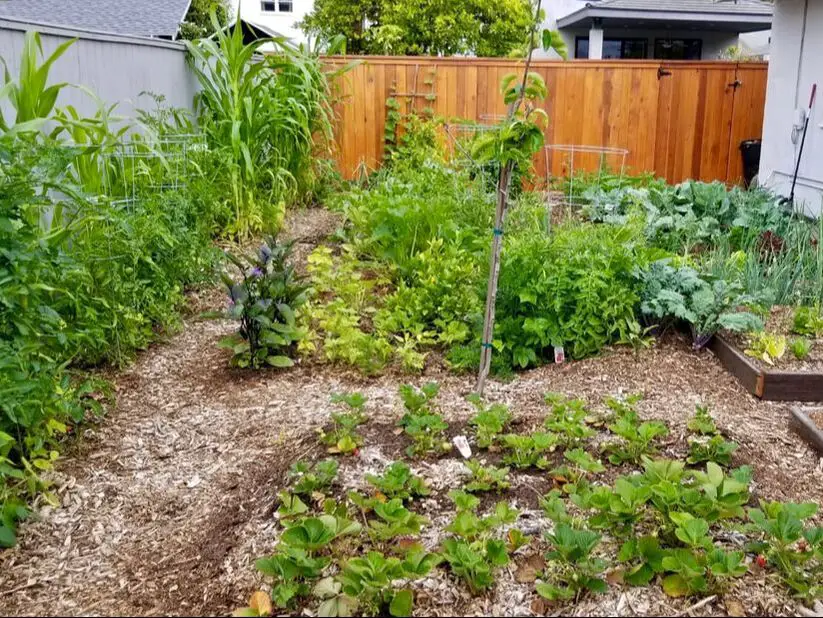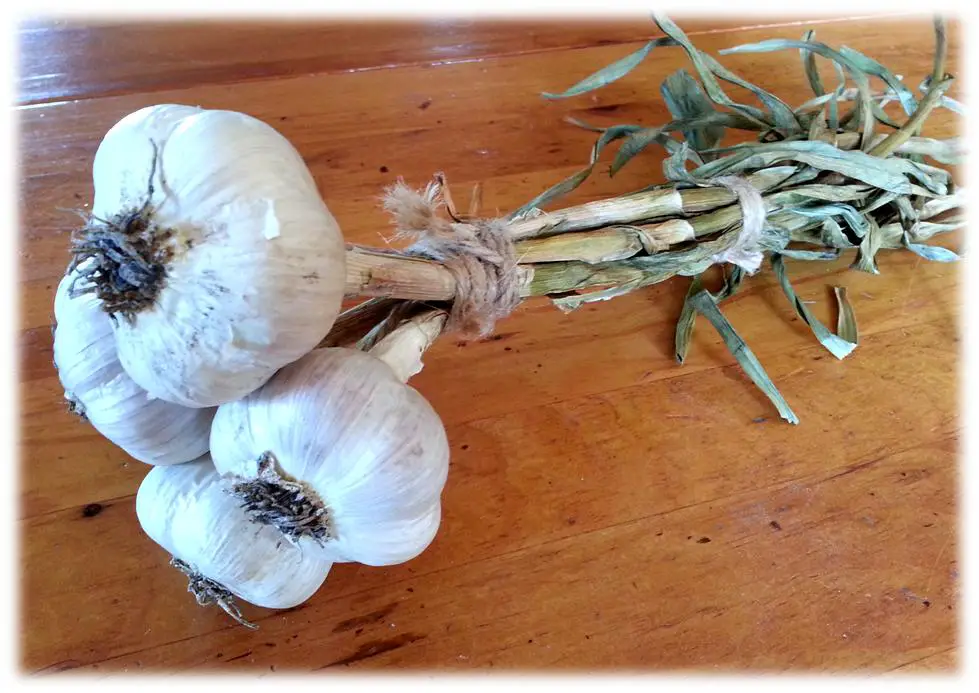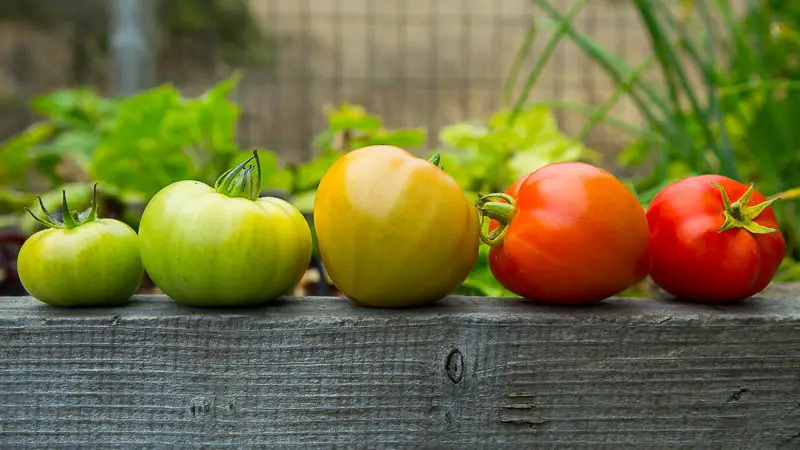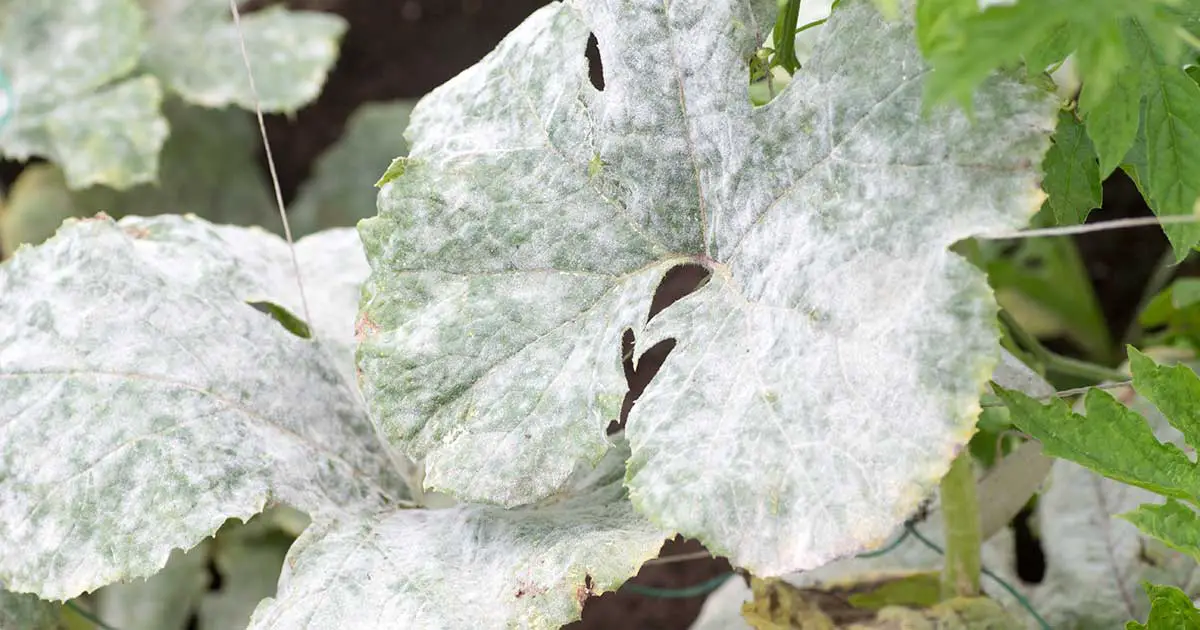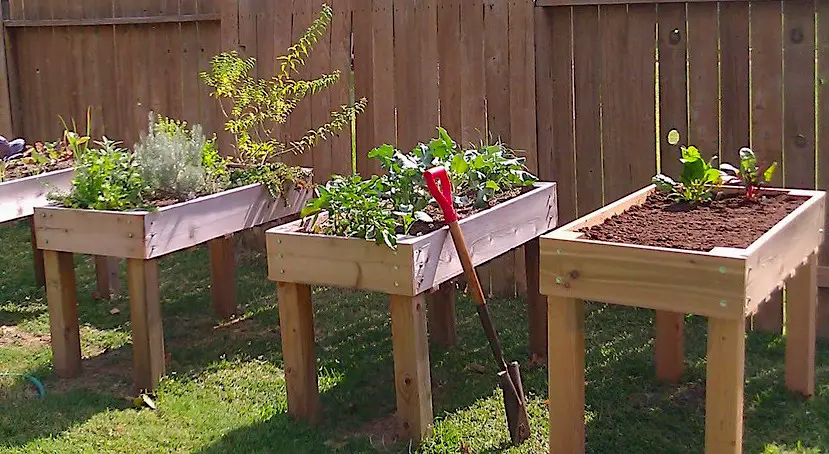6 Best Ferns to Use As Border Plants
Top 6 Ferns for Beautiful Borders: Adding Lush Greenery and Texture Ferns are a classic addition to any garden landscape, particularly along borders where they can add a sense of lushness, depth, and delicate texture. Among the few species of plants that don’t flower are ferns. They reproduce using spores, which are found underneath their …

